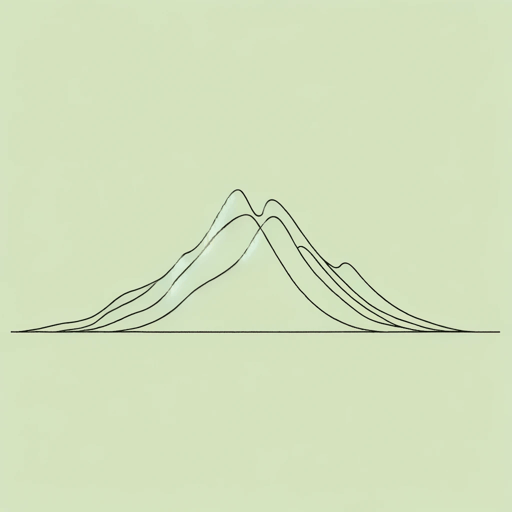50 pages • 1 hour read
Langston HughesThe Negro Artist and the Racial Mountain
Nonfiction | Essay / Speech | Adult | Published in 1926A modern alternative to SparkNotes and CliffsNotes, SuperSummary offers high-quality Study Guides with detailed chapter summaries and analysis of major themes, characters, and more. For select classroom titles, we also provide Teaching Guides with discussion and quiz questions to prompt student engagement.
Introduction
“The Negro Artist and the Racial Mountain”
- Genre: Nonfiction; essay
- Originally Published: 1926
- Reading Level/Interest: College/Adult
- Structure/Length: Approx. 8 pages; approx. 14 minutes on audio
- Central Concern: This essay explores the creative limitations Black American artists face. Rather than follow white cultural patterns, Hughes argues that Black artists should embrace their racial individuality and chip away at the mountain they face—a mountain formed by prejudice, lack of encouragement, cultural invisibility, and the temptation to conform to the standards of white America.
- Potential Sensitivity Issues: Use of the n-word. While the n-word is used only once in this essay, here are some recommendations:
o Talk with students ahead of time about the history of the word and its usage. Emphasize how the n-word has been weaponized and used to perpetuate white supremacy.
o Acknowledge that the word exists in Hughes’s essay and that students will see it in print, but should not say it, even when reading aloud.
o Additionally, students should censor the word in writing when quoting directly from the text, for example: n*****. When writing their own commentary and analysis, students should use (and capitalize) the word Black.
Langston Hughes, Author
- Bio: 1901-1967; American poet, playwright, novelist, and social activist; one of the earliest creators of jazz poetry and a leader of the Harlem Renaissance; began studying at Columbia University but dropped out; New York publishers took note of his writing in The Crisis magazine; eventually graduated from Lincoln University; wrote a weekly column in The Chicago Defender during the civil rights movement; both paternal great-grandmothers were enslaved; both his paternal great-grandfathers were white enslavers in Kentucky; learned of racial pride from his maternal grandmother, Mary Patterson Langston, and took Mary’s teachings with him throughout his career; honored with several awards during his lifetime, including a Guggenheim Fellowship (1935), the Anisfield-Wolf Book Award (1954), the NAACP Spingarn Medal (1960), and an honorary doctorate from Howard University (1963); died after surgery complications related to prostate cancer; ashes are interred under a floor medallion in the foyer of the Schomburg Center for Research in Black Culture in Harlem
- Other Works: The Weary Blues (1926); The Ways of White Folks (1934); The Big Sea (1940); Black Nativity (1961)
Related Titles
By Langston Hughes
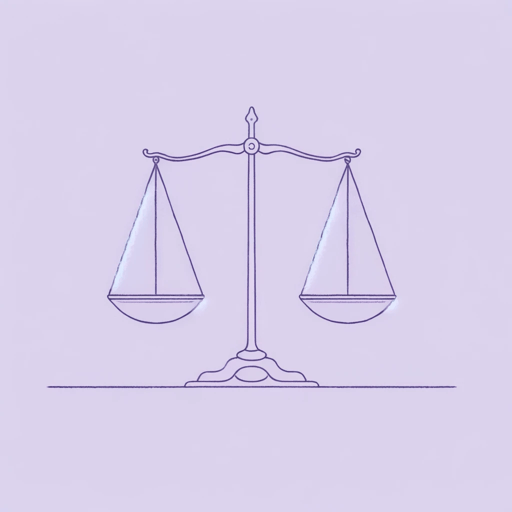
Children’s Rhymes
Langston Hughes

Cora Unashamed
Langston Hughes
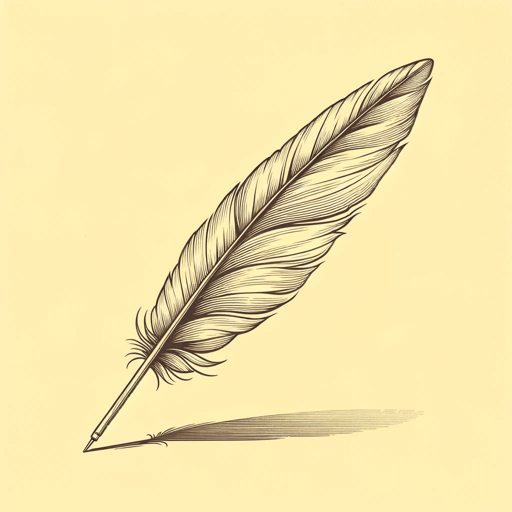
Dreams
Langston Hughes

Harlem
Langston Hughes
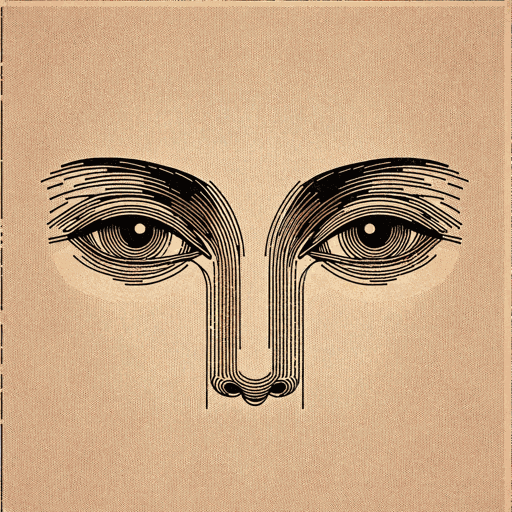
I look at the world
Langston Hughes
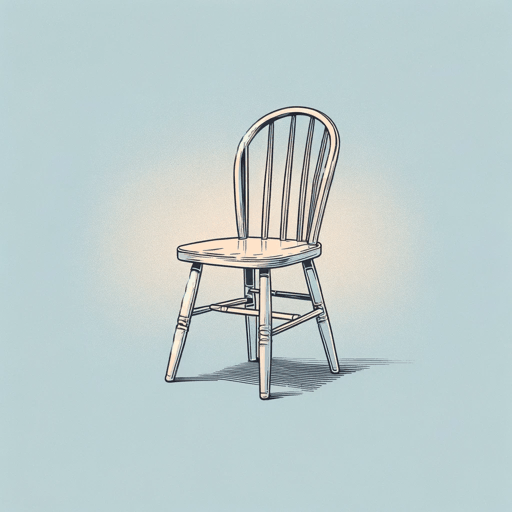
I, Too
Langston Hughes

Let America Be America Again
Langston Hughes
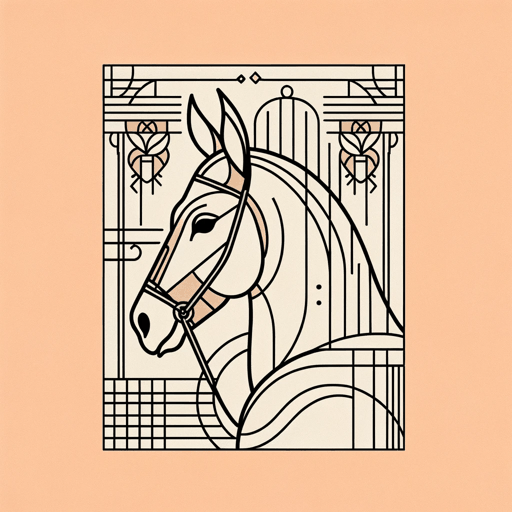
Me and the Mule
Langston Hughes
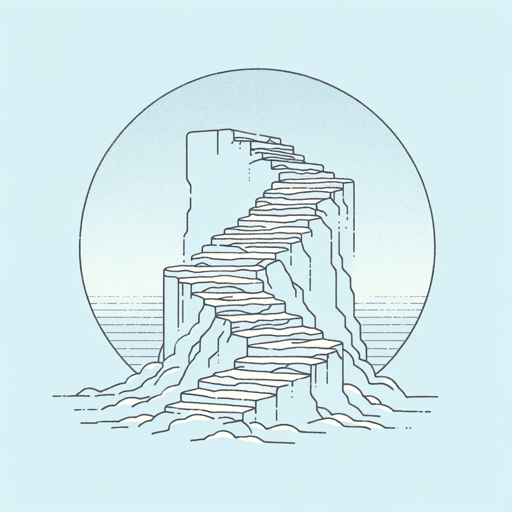
Mother to Son
Langston Hughes

Mulatto
Langston Hughes

Mule Bone: A Comedy of Negro Life
Langston Hughes, Zora Neale Hurston
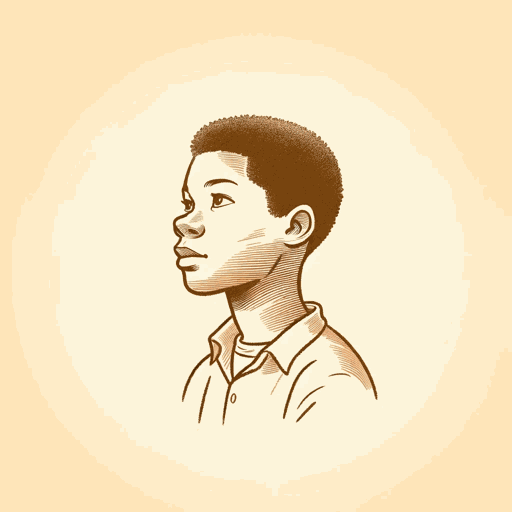
Not Without Laughter
Langston Hughes

Slave on the Block
Langston Hughes
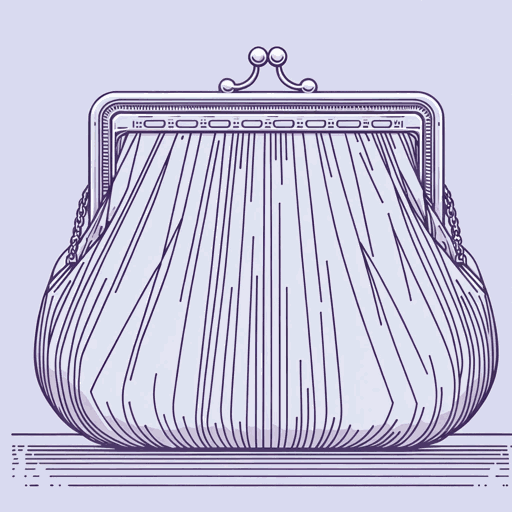
Thank You, M'am
Langston Hughes

The Big Sea
Langston Hughes
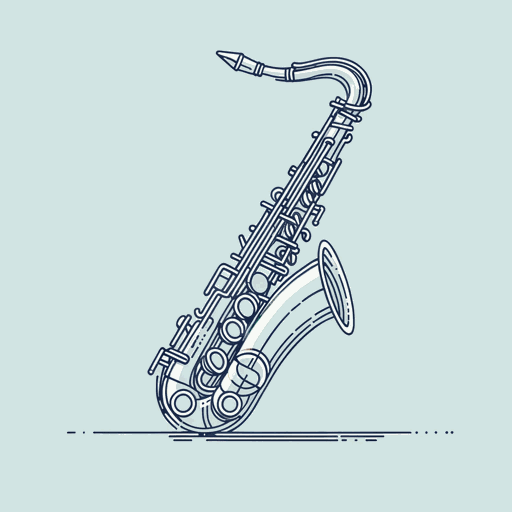
Theme for English B
Langston Hughes

The Negro Speaks of Rivers
Langston Hughes
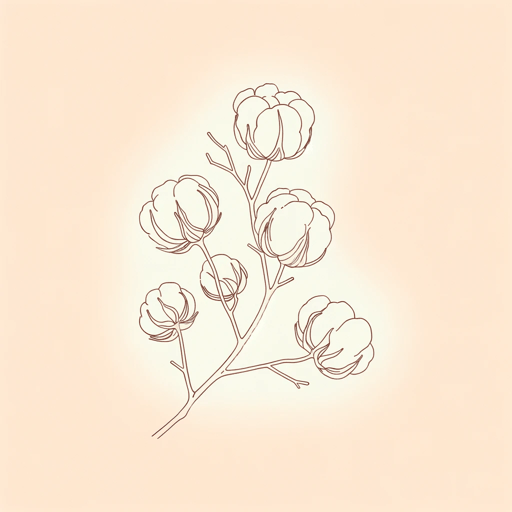
The Ways of White Folks
Langston Hughes

The Weary Blues
Langston Hughes

Tired
Langston Hughes
Featured Collections
A Black Lives Matter Reading List
View Collection
African American Literature
View Collection
Art
View Collection
Black History Month Reads
View Collection
Books About Art
View Collection
Creative Nonfiction
View Collection
Harlem Renaissance
View Collection
Pride & Shame
View Collection
